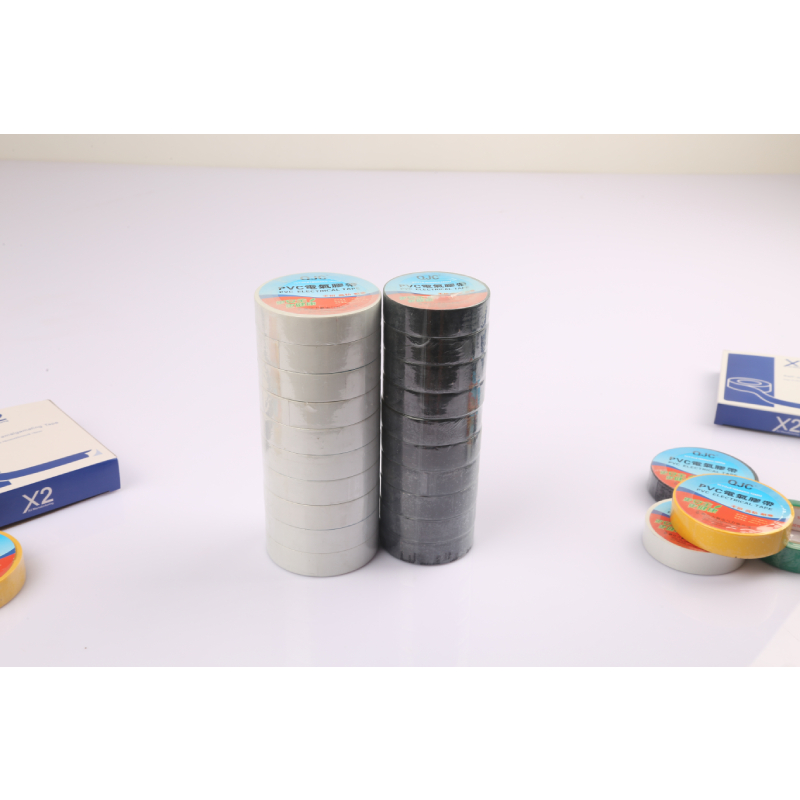Understanding Automotive Wiring Harness Wrap Importance, Types, and Best Practices
Automotive wiring harnesses are essential components in modern vehicles, serving as the nervous system that transmits electrical power and signals throughout the car. Their effective functioning is crucial for the operation of numerous systems, including the engine, lighting, and entertainment systems. To protect these wire bundles from environmental damage, abrasion, and electrical interference, manufacturers and mechanics alike often utilize wiring harness wraps. In this article, we will explore the importance of automotive wiring harness wraps, the various types available, and best practices for their application.
Importance of Wiring Harness Wrap
Automotive wiring harness wraps play a vital role in safeguarding the integrity of the wiring within a vehicle. These wraps provide several benefits, including
1. Protection Against Environmental Damage Automotive environments can be harsh, with exposure to elements such as moisture, dust, and chemical spills. A high-quality wrap helps shield the wires from these external factors, extending the life of the harness.
2. Abrasion Resistance Wires are frequently subjected to physical wear and tear due to movement and vibrations within the vehicle. A durable wrap reduces the risk of abrasion, preventing the wires from fraying or breaking.
3. Insulation Wiring harness wraps can offer thermal insulation, reducing the risk of overheating and protecting sensitive components from heat dissipation from adjacent parts.
4. Electromagnetic Interference (EMI) Shielding Certain types of wraps can provide EMI shielding, which is vital in preventing signal interference that can affect various systems in the vehicle, such as the infotainment unit and safety features.
5. Organizational Benefits By bundling wires together, wraps help maintain a tidy and organized engine compartment or wiring layout, making it easier to troubleshoot issues or perform repairs.
Types of Wiring Harness Wrap
Automotive wiring harness wraps come in various forms, each with unique properties suited for specific applications
1. PVC (Polyvinyl Chloride) Wrap This is one of the most common types of wraps used in the automotive industry. It is lightweight, flexible, and resistant to abrasion and chemicals. However, it has a lower temperature tolerance and may not be suitable for high-heat areas.
2. Fabric Wrap Often made from woven nylon or polyester, fabric wraps are ideal for providing both protection and flexibility. They are typically used in applications where flexibility is needed, and they offer excellent abrasion resistance.
automotive wiring harness wrap

3. Heat Shrink Tubing Heat shrink tubing is a more specialized wrap that shrinks when heat is applied. It provides waterproof sealing and strong insulation, making it suitable for connections and terminals in high-stress environments.
4. Foam Wrap Foam wraps provide excellent cushioning and are primarily used in areas where additional protection against impacts or vibrations is needed. They are often used in combination with other types of wraps for enhanced protection.
5. Wire Loom A more rigid option, wire looms can provide structural support and organization. They are especially useful for applications where wires need to be maintained in a specific configuration.
Best Practices for Applying Wiring Harness Wrap
When applying wiring harness wraps, it is essential to follow best practices to ensure maximum protection and effectiveness
1. Clean the Wires Before wrapping, ensure that the wires are clean and free of dust, oil, and debris. This will help improve adhesion and prevent contaminants from affecting the wrap's performance.
2. Choose the Right Material Depending on the specific environment and application, select a wrap that offers the necessary protection, flexibility, and insulation.
3. Ensure Proper Application When wrapping, take care to ensure that the wires are not overly tight, which could damage them, or too loose, which could lead to movement and abrasion.
4. Secure Ends Always secure the ends of the wrap using appropriate clips, ties, or adhesive. This prevents the wrap from slipping and exposes the wires to potential damage.
5. Regular Inspections Conduct regular inspections of the wiring harness and wraps to check for signs of wear, tear, or environmental damage, making necessary replacements as needed.
Conclusion
Automotive wiring harness wraps are a critical component in maintaining the reliability and safety of modern vehicles. By understanding their importance, exploring the various types available, and adhering to best practices for application, vehicle manufacturers and mechanics can ensure that wiring harnesses remain protected and functional throughout the life of the vehicle. With a proactive approach to wiring harness management, the performance and longevity of automotive systems can be significantly enhanced.
-
XIANGFAN Rubber Tape-Ultimate Solutions for All Your Insulation NeedsNewsJun.24,2025
-
XIANGFAN Rubber Tape-Protection for Industrial and Residential ApplicationsNewsJun.24,2025
-
XIANGFAN Rubber Tape: Superior Safety and Sealing for Demanding EnvironmentsNewsJun.24,2025
-
XIANGFAN Rubber Tape: Reliable Solutions for Every Electrical ChallengeNewsJun.24,2025
-
XIANGFAN Electrical & Industrial Tape: Powering Reliability Across IndustriesNewsJun.24,2025
-
XIANGFAN Electrical & Industrial Tape: Excellence in Every ApplicationNewsJun.24,2025
